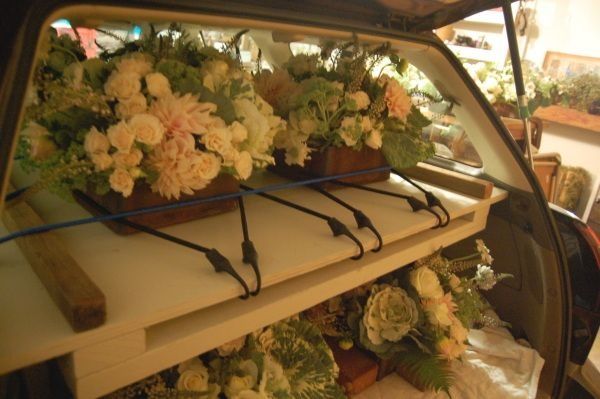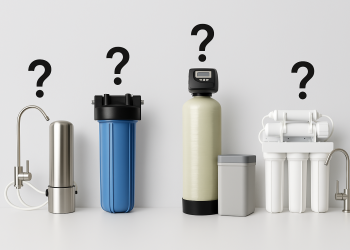Have you planned a move and already read about how to transport furniture, refrigerator and animals? Great! But what to do with indoor plants? Many families are very careful about flowers and when moving their safety is no less important than the safety of all other things. If you decided to hire professionals check moving company reviews and ask for a moving Quote. If you have chosen a DIY move we will tell you how to properly prepare, pack and transport flowers at any time of the year!
Moving preparations
It is best to start preparing the plants for moving in advance. One week before the scheduled moving date, transfer the flowers to plastic containers. This way you will prevent damage to the pots and will be able to protect the flowers from falling. However, there is not always time for transplanting plants.

In this case, leave the flowers in pots and prepare cardboard boxes where you will put your plants. It is best to use a separate box for each flower. If you have to put several flowers in one container, just use cardboard, paper, cloth or foam as partitions between the pots. This way, you will fix the plants, and they will not hit each other while the car is moving.
Do not water the flowers one or two days before the moving date. The soil will become firm and will not crumble during transportation. Start packing immediately before moving.
Packing plants
First, pay attention to the branches and stems that can easily be damaged during transportation. Carefully wrap them with paper or plastic bags. If possible, use bubble wrap. However, if the latter could not be purchased, then the two previously mentioned options will also work.
After you have protected the stems and branches, place the pots in the boxes. If the plants are compact enough and completely fit in the container, then close the box tightly and cover it with tape. Make air holes on the side.
However, many flowers will not fit completely in the box. In this case, you do not need to try to close the box. If the weather is warm, just transport the plants in the open. Large specimens can also be transported in bags. Place the flower pot on the bottom of the bag and tie it around the outside.
If you decide to transport a cactus, then you can protect your hands and save the cactus needles with foam. Just tape it to the barbs.
Process of transportation
Immediately make a reservation that you can not transport plants on the roof or in the trunk of a car. A stuffy trunk can kill plants due to lack of oxygen, and on the roof, plants will get irreparable damage already when attached. In addition, the sun, strong wind and road dust during transportation will also have an adverse effect on plants.
For transportation, it is best to use a truck that is equipped with special fasteners for plants. Even if you don’t find one, a regular cargo van is still a better option than a passenger car. Just pay attention to the following points.
It is best to transport plants separately from other things. If this is not possible, then load the plants last. And first you should install large, then small plants and only then those that require increased accuracy and attention. After all the flowers are in their places, securely fix the load so that the boxes do not wobble when turning. Please note that for long journeys, it is necessary to make a stop every 2-3 hours and ventilate the van so that the plants can breathe (if the van does not have special windows).
After moving
As soon as the flowers are delivered to the place, immediately unpack the boxes. Now they are under stress. It is necessary to remove all paper and packaging, clean the flowers from damaged leaves and branches. Then pour the plants with warm water (approximately 20-30 degrees). And only now you can put the plants in their places and leave them to settle in a new place.







